Daydream Believers: A Look Back At The Monkees
The band "The Monkees" was a musical marvel and a pop culture phenomenon. Of course, many of us remember The Monkees because of the beloved TV series, which featured Micky, Davy, Mike, and Peter getting into outrageous and comedic situations. What happened behind the scenes of the show is equally intriguing, although many fans are still unaware of those exploits and situations. Keep reading to find out more about this amazing band that blended music and television stardom.
Hair Today, Gone Tomorrow
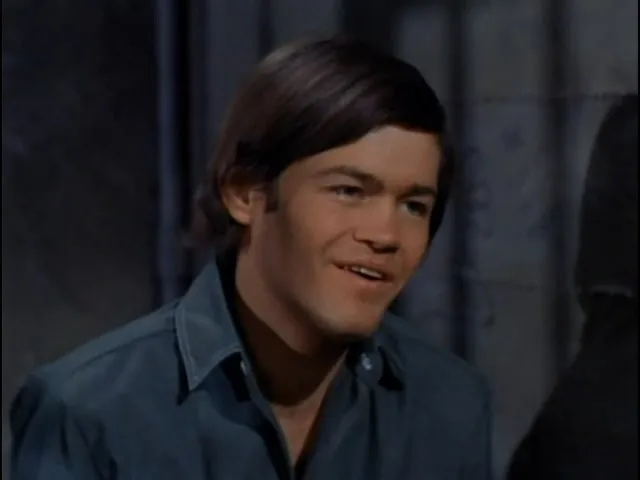
There were a few episodes in the second season where the filming was staggered, which means that a part of an episode was filmed, and then the rest was finished weeks later. So Micky's hairdo fluctuated between straight and permed in certain episodes.
The seesawing locks were most notable in one show where he's on stage performing with a permed coif and minutes later walks off the stage with straight hair.
Lows And Highs
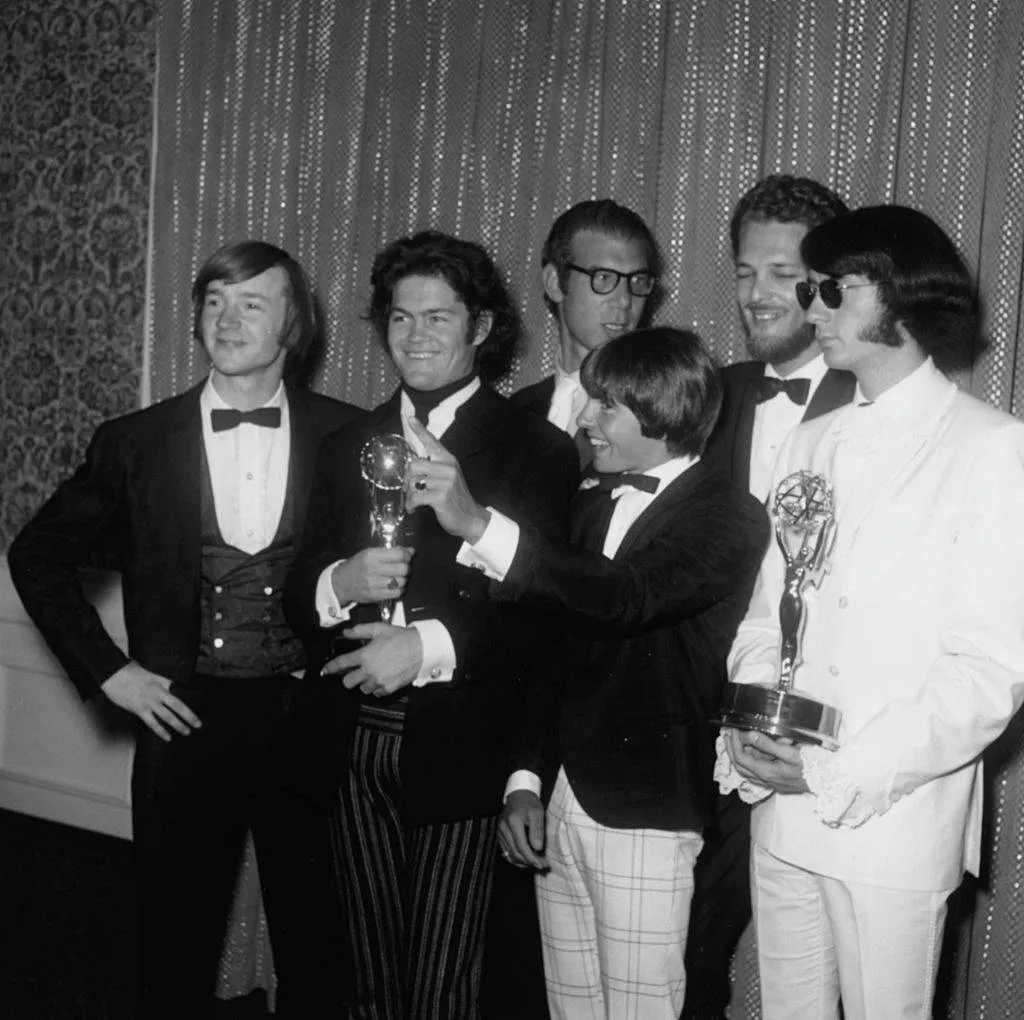
The original version of the pilot for The Monkees made television history, but maybe not for the expected reasons. At the time, the episode broke records for receiving the lowest ratings for a pilot since TV was introduced.
Clips from screen tests of Davy Jones and Michael Nesmith were inserted into the pilot, which resulted in the show's official opening and broadcast being given one of the highest test ratings ever.
You've Got A Friend

Peter Tork auditioned for a role on The Monkees only after he was encouraged to do so by a friend of his. Stephen Stills tried out for the part before Tork did, but was turned down because he was told he looked too old. Stills told Tork, who used to be his roommate, to try out for the role instead.
It all worked out for both Tork and Stills — Tork got the part, obviously, and Stills went onto fame in his own right, as part of the rock group Crosby, Stills, Nash, and Young.
Sharing The Spotlight
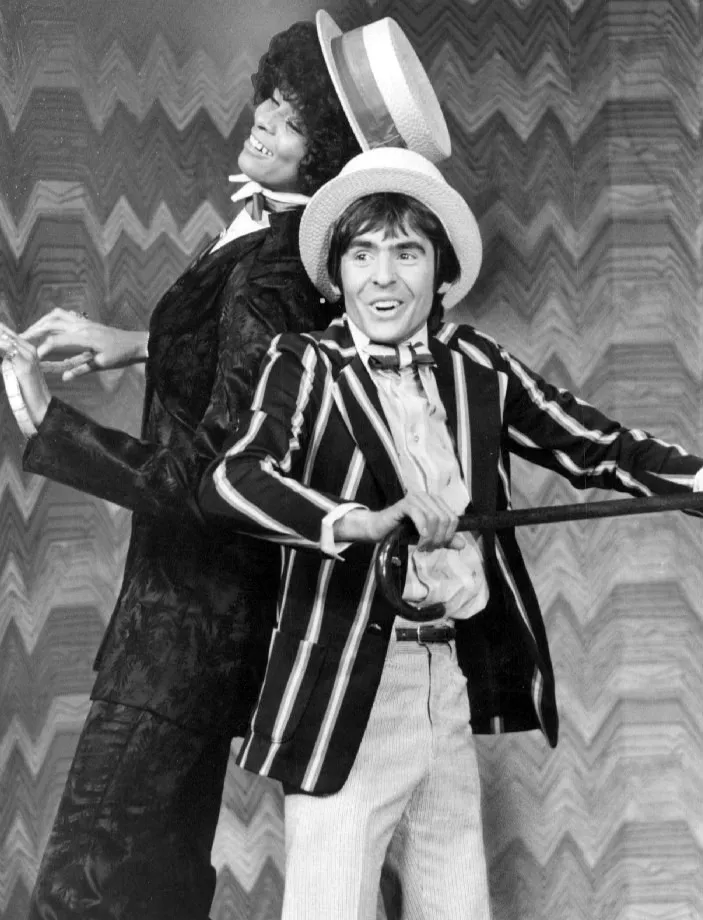
Comparisons between The Beatles and The Monkees have been made many times, with the latter largely being seen as a knock-off of the band from Liverpool. But the two bands have crossed paths.
The Beatles appeared on The Ed Sullivan Show in 1964, and thus were introduced to American audiences for the first time. As luck would have it, Davy Jones was also performing on that evening's program! Jones was there as part of an acting troupe, performing a scene from Charles Dickens' novel Oliver Twist.
Personal Days
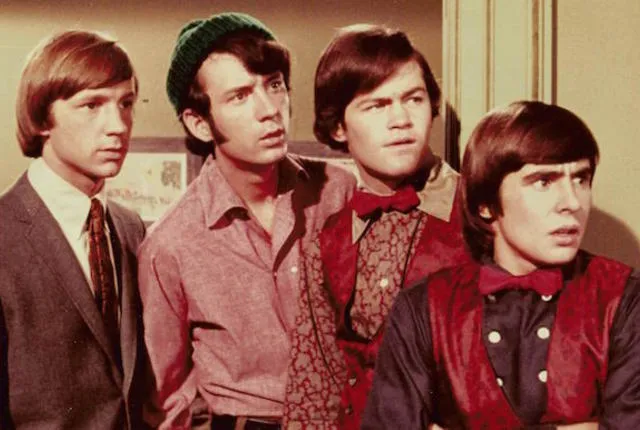
Although only 58 episodes of The Monkees were made, only Peter Tork and Micky Dolenz appeared in each and every one of them. Davy Jones had to miss a show to go to England for his sister's wedding.
Michael Nesmith was absent from just three episodes, for very valid reasons. One was for his tonsillectomy recovery, one for the birth of his son Jonathan, and one to visit his family in Texas.
Monkeyshines
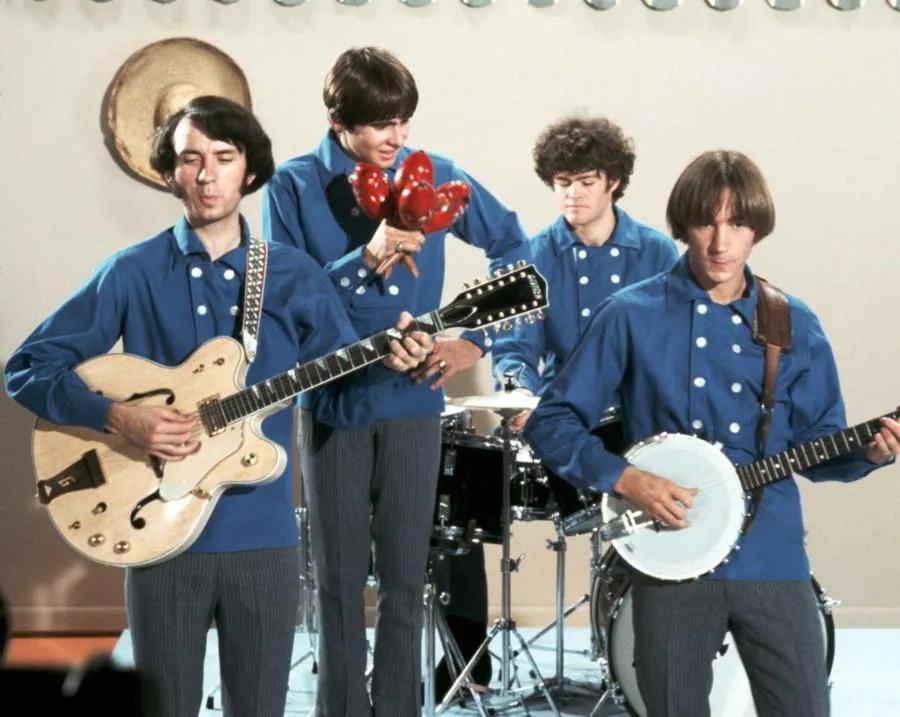
For the first season of the show, each of the band members received $450 per episode. This was bumped up to $750 for the second and final season of The Monkees. The band members did receive royalties for their songs, but merchandising revenue was never negotiated into their contracts — they received nothing, in terms of sales, as a result.
Later, members of the band filed a lawsuit against Columbia Pictures, but even that didn't get them more than a $10,000 judgment.
Easy Pickings
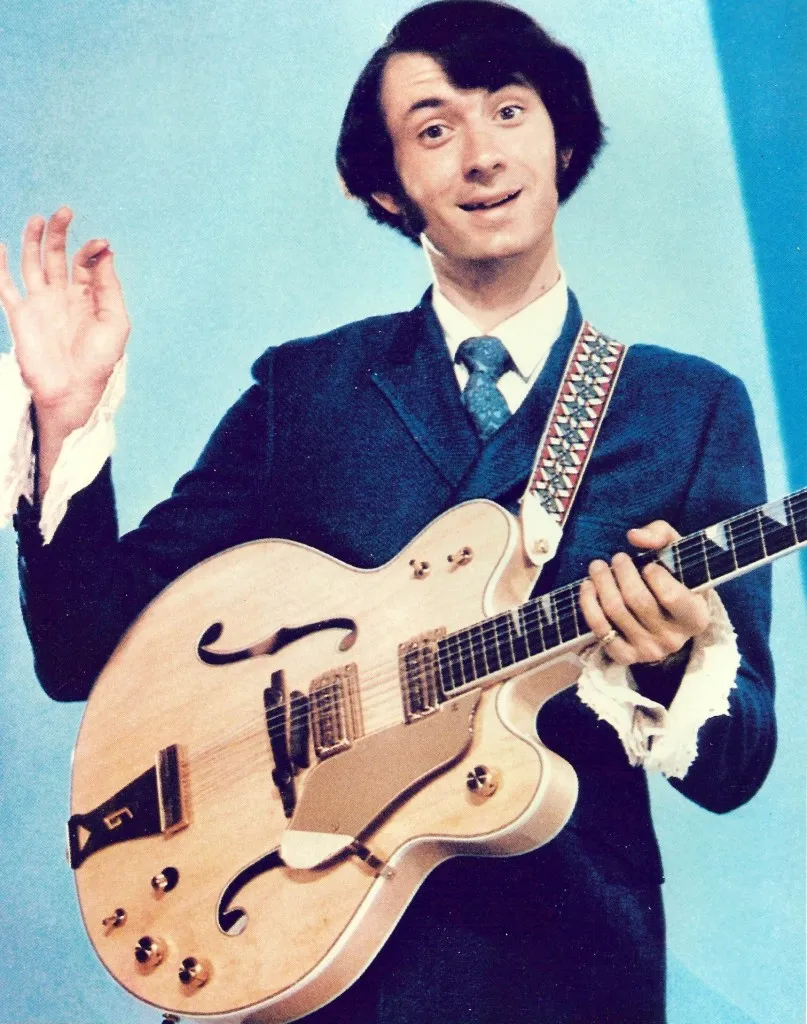
Famously, the idea for the band was published in a classified ad that appeared in the magazine Variety, which asked for "insane boys, age 17-21, to appear in a TV series." Even though the idea of being on television appealed to many, only 437 showed up to the audition.
Of that, only Michael Nesmith got hired through the ad — the other members of the band were signed on through different means.
The Remaining Three
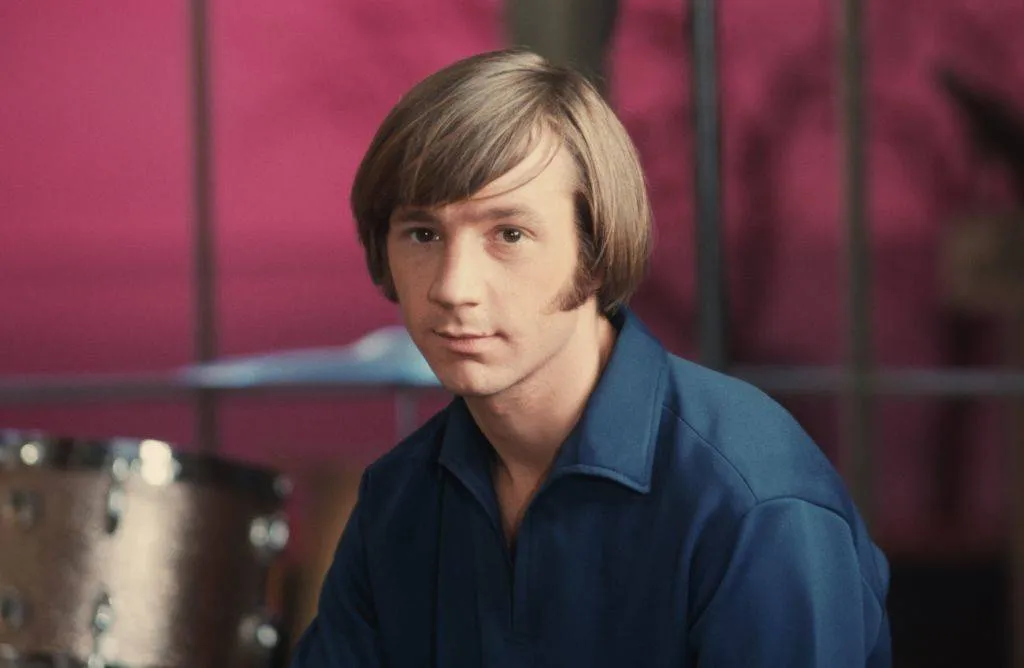
So how did the other members of the band get signed on? Davy Jones was already an actor signed on with Screen Gems, who wanted him to have a TV role. Stephen Stills helped set Peter Tork with an audition, as was mentioned before. And Micky Dolenz had help the old-fashioned way: his agent got him the part.
Regardless of the backgrounds of the various four members, all of them were required to take an improvisational acting class for six full weeks with director James Frawley.
Instrumental Incidents
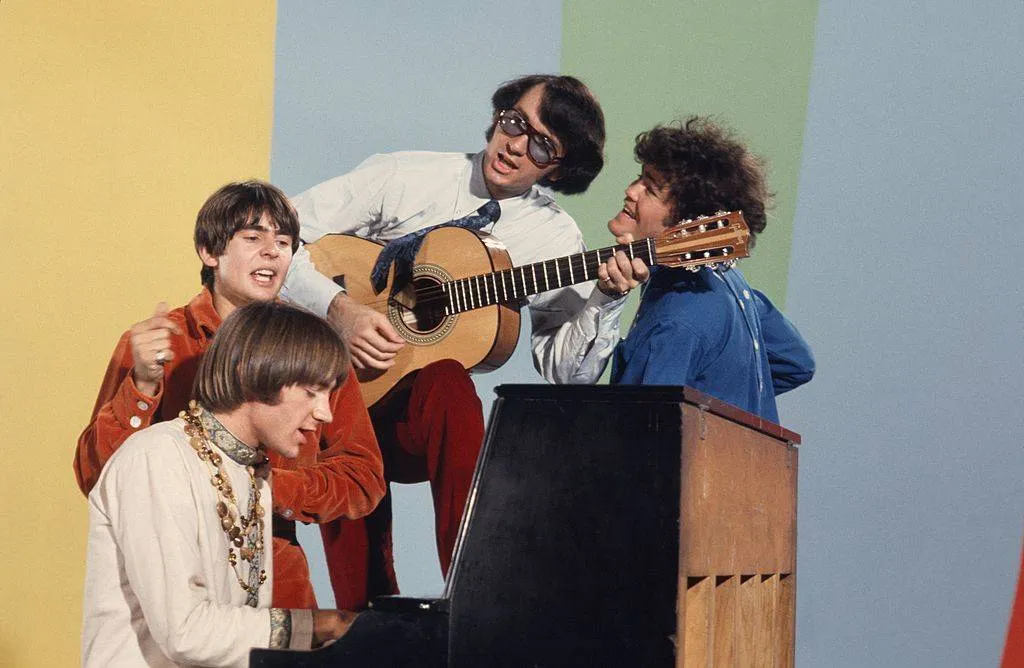
A lot of people know by now that The Monkees didn't play any of the instruments on the first couple of albums they released (though some of them could play).
The group did supply the vocals for the records, but most of the instrumentation was done by someone else on the first two. Peter Tork, however, did play the guitar on the band's debut album for the song "Papa Gene's Blues.
Souped-Up Pontiac

Batman had his Batmobile, so it only stands to reason that The Monkees should have a Monkeemobile. The customized 1966 Pontiac GTO had a drag chute installed in-between the rear lights, and the trunk was removed entirely so that a third seat could be installed.
On the front end, there was a fiberglass grille and a headlight shroud, and exhaust pipes were also on the front wheel wells. Oh, but there's more to the Monkeemobile than THAT!
Maxing Out The Monkeemobile

Much like the members' hairstyles between scenes, the Monkeemobile had the tendency to change a bit from time-to-time. In total, there were three Monkeemobiles for the show's two seasons, and each was a little bit different than the last.
The first Monkeemobile had a legitimate supercharger. It also boasted of tan interior, as well as a convertible top. The second and third Monkeemobiles also had convertible tops, but their superchargers were fake. They also had white interiors. All three cars had different "The Monkees" logos on their respective sides.
Making It Real
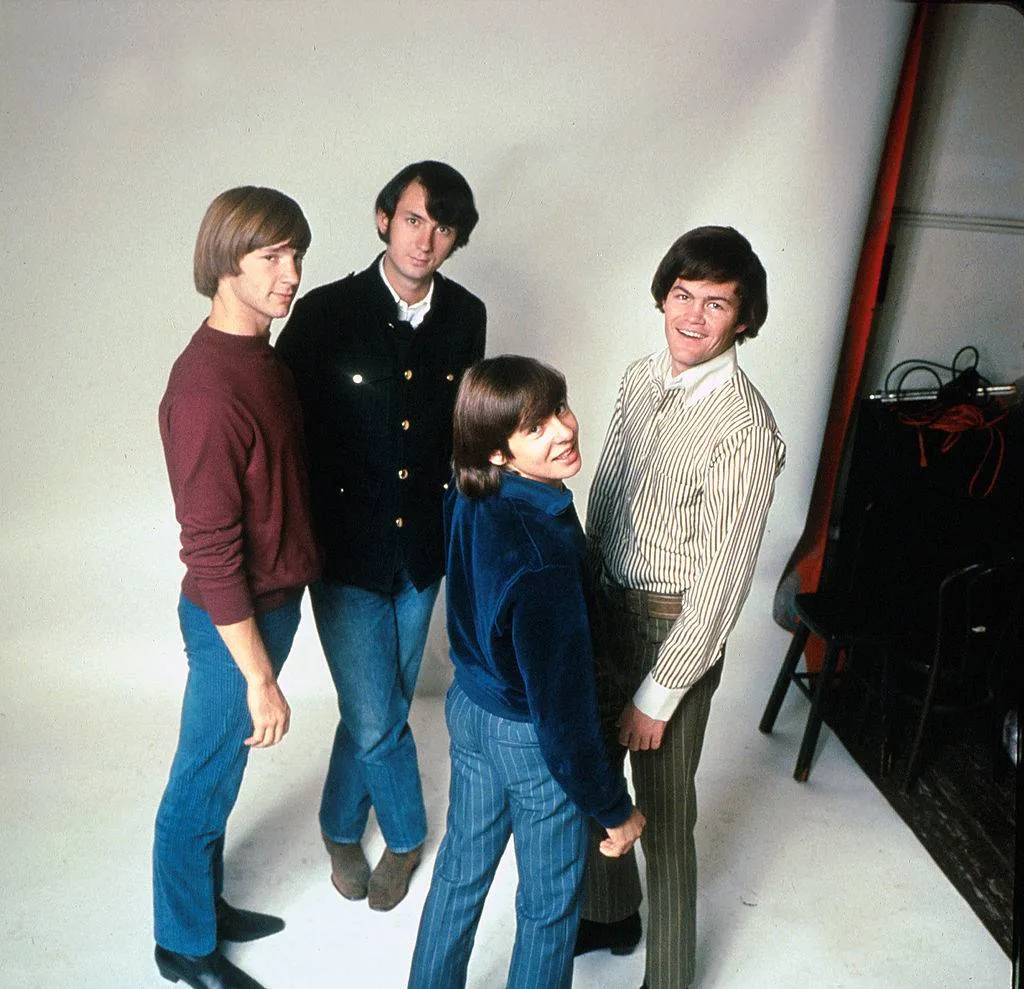
The first two albums featured few, if any, instruments played by the actual band members. That changed for The Monkees' third album, entitled "Headquarters." Everyone from the band performed singing and instrument duties for that record.
The fourth album, "Pisces, Aquarius, Capricorn, and Jones Ltd," also saw all The Monkees singing and playing, but this time, studio musicians helped out, too. By the fifth album, The Monkees regressed back to just singing.
Sisterhood Is Powerful

Coco Dolenz, Micky's sister, had significant access to the group. She was frequently attending their recording sessions for new music, and could be found on the set for their television recordings, too.
This type of access was ordinarily reserved for special VIPs or personnel who worked with the group. As Micky's sister, Coco met both qualifications! She was definitely a VIP in her brother's eyes, as she spent her whole life singing with Micky. In fact, she sang with the group, doing background vocals in some of their later recordings.
Peter Tork, Dead At 77
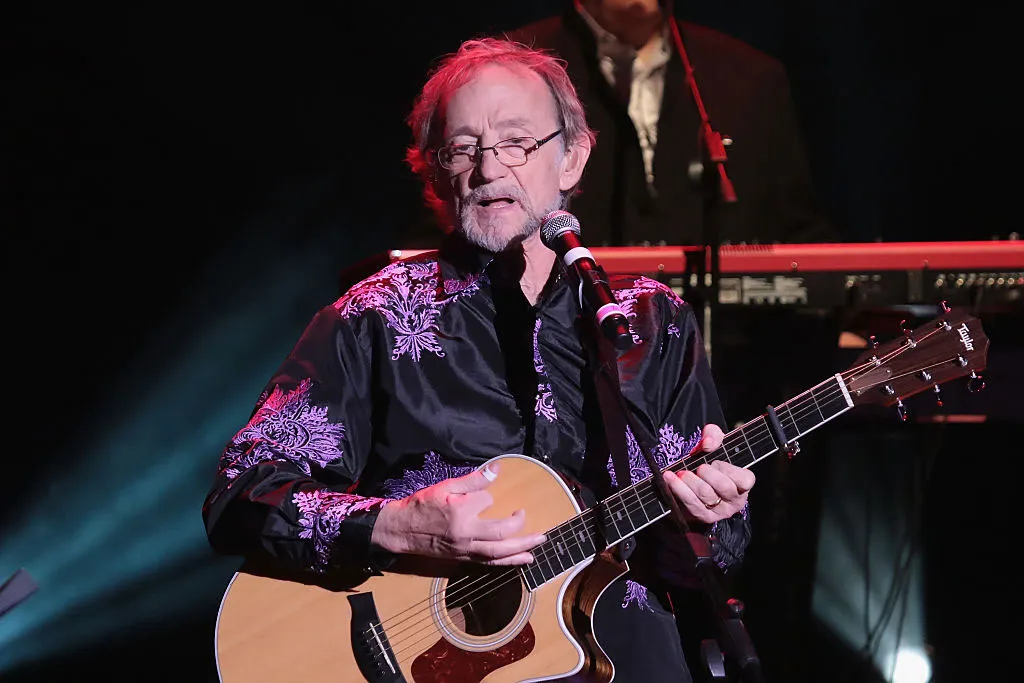
In February 2019, Monkees fans around the globe were saddened to learn that the Monkees' keyboardist and bassist had died. He had a rare form of tongue cancer and was 77 at the time of his death. Tork's official Facebook page said "the devastating news" was being shared "with beyond-heavy and broken hearts".
Mickey Dolenz shared this tribute to his fallen bandmate: "There are no words right now... heartbroken over the loss of my Monkee brother Peter Tork." After Davy Jones died in 2012, Tork, Nesmith, and Dolenz reunited for a US tour.
The Artful Dodger
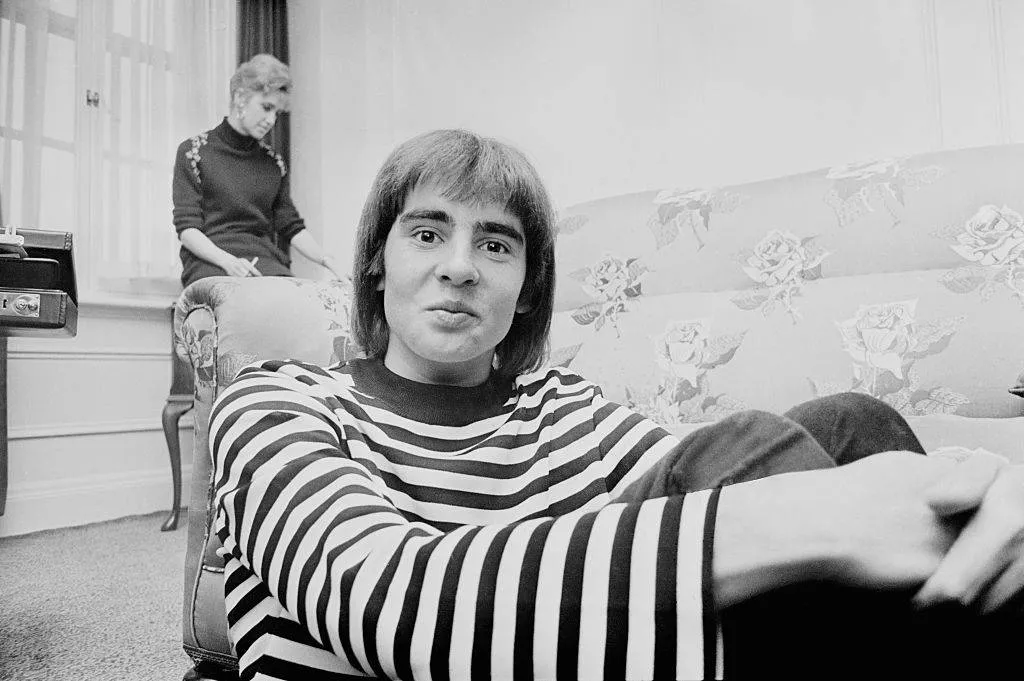
Davy Jones disappeared from the public eye for several weeks after the end of the show's first season. People feared for the worse, and speculated the crooner had developed health problems.
He did — sort of. Jones had been fasting for three weeks straight after he had received a military draft notice in the mail, in hopes that doing so would prevent him from passing the physical. The ploy worked, and Jones was back for season two in good health.
Don't Call Me That
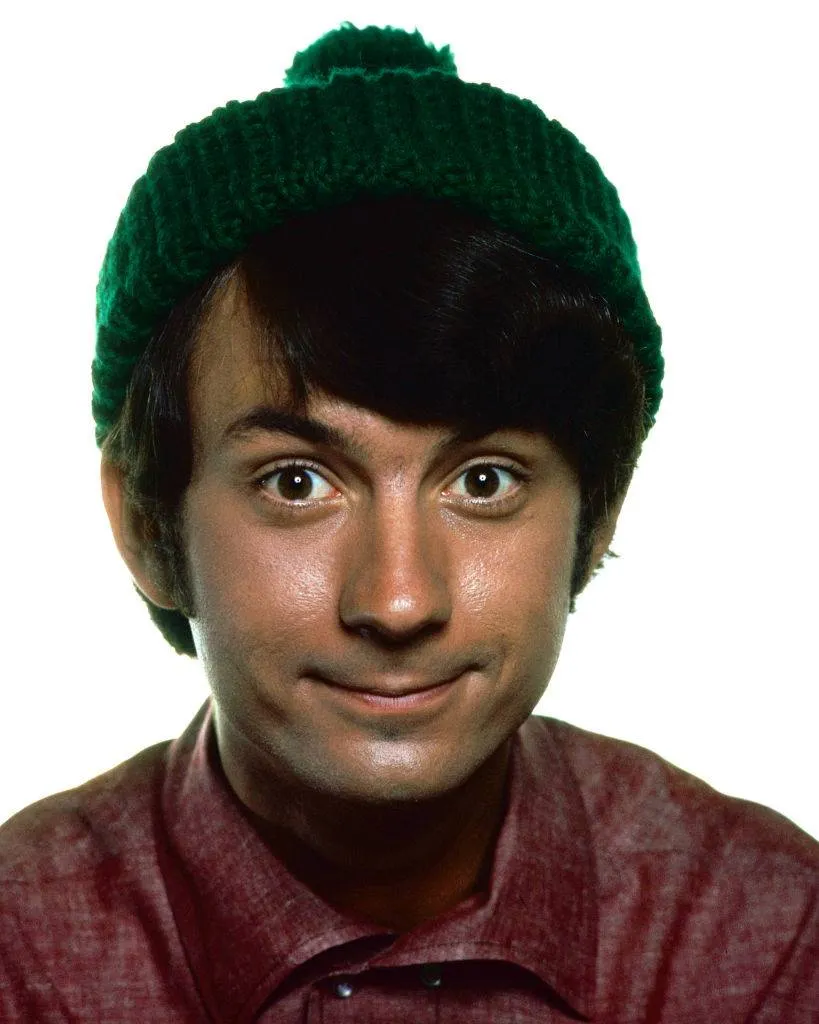
Michael Nesmith drove to his audition for The Monkees on his motorcycle. He wanted to ensure his hair couldn't obstruct his view while riding, so he wore a wool hat to keep everything together. That was probably one of the best non-audition decisions he made that day, as producers later admitted it helped grab their attention to him.
People started calling Nesmith "Wool Hat" as a nickname. But even though it helped him get the part, he expressed that he didn't like the nickname all that much, and soon people stopped calling him that.
Breaking Bonds
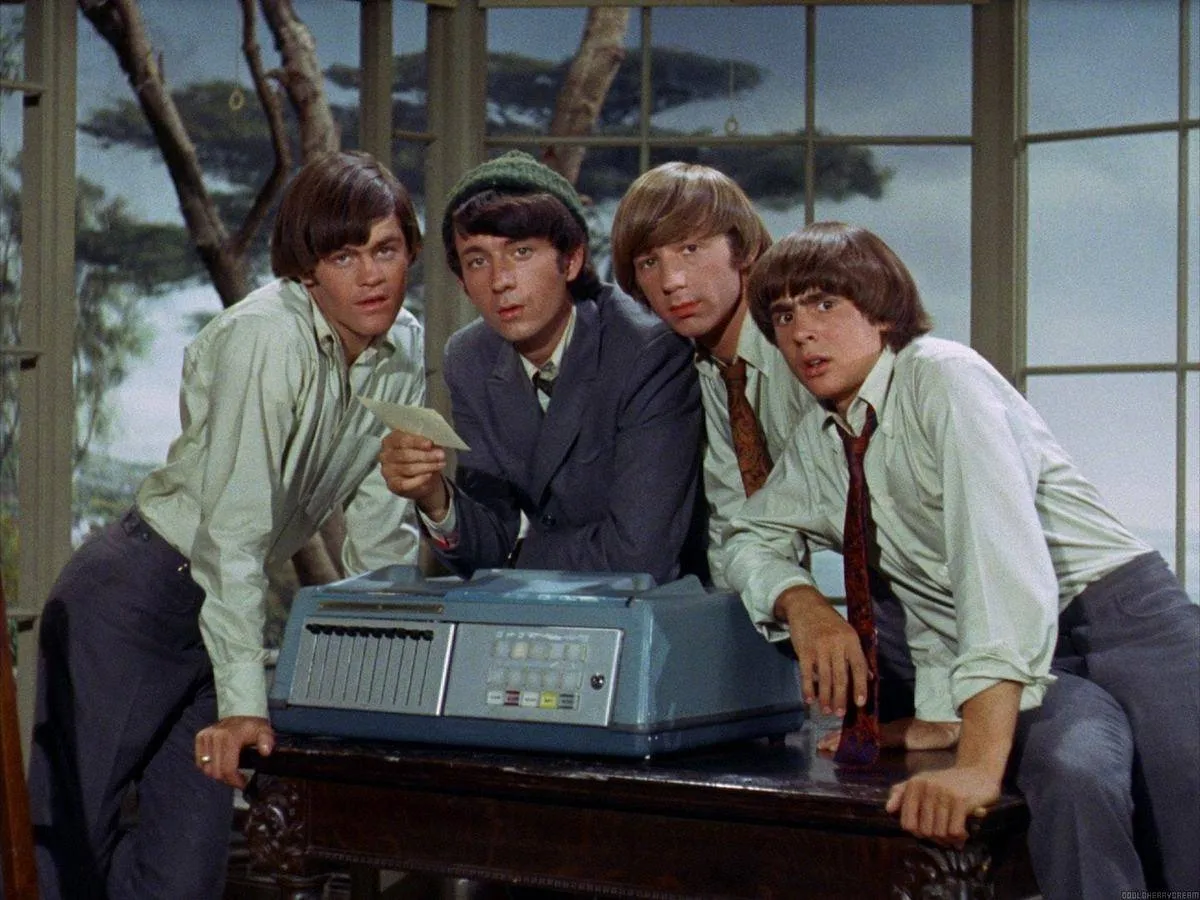
The Beatles ended in 1970. Sadly for fans of The Monkees, they, too, broke up in the same year. The foursome had lasted as a band two years longer than their television series had.
In reality, the band had been falling apart for the last two years before their official split. Tork left the group in 1968 as part of an opt-out clause in his contract, and Nesmith left in 1969, paying out $500,000 in order to do so. Jones pushed on with a solo career on his own, and Dolenz, many quipped, was the last remaining Monkee, and would live on forever that way.
Big Name Hunting

The Beatles used a misspelling of the word "beetle" in order to come up with their name, so when it came time to come up with The Monkees title, the creators decided to try their luck and do the same thing (with obvious success). But the band had more changes to their names than just the collective group title.
Micky Dolenz's real name is George Michael Dolenz, and Mike Nesmith's real name is Robert Michael Nesmith.
Too Much, Too Soon
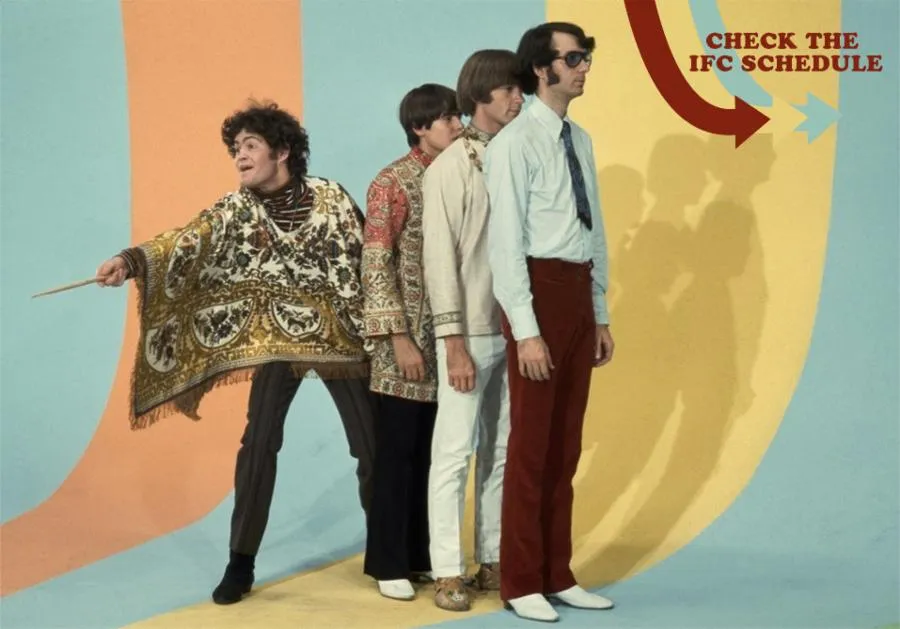
After two seasons under their belt, the band began making demands to NBC for ways to improve their show. Changes included making the program an hour-long show instead of a half-hour, and would feature new musical groups and talent in addition to The Monkees.
The network...didn't see eye-to-eye with the new ideas. The two sides tried to negotiate, but the band wouldn't budge on the issue, resulting in the show's cancellation.
What Could Have Been
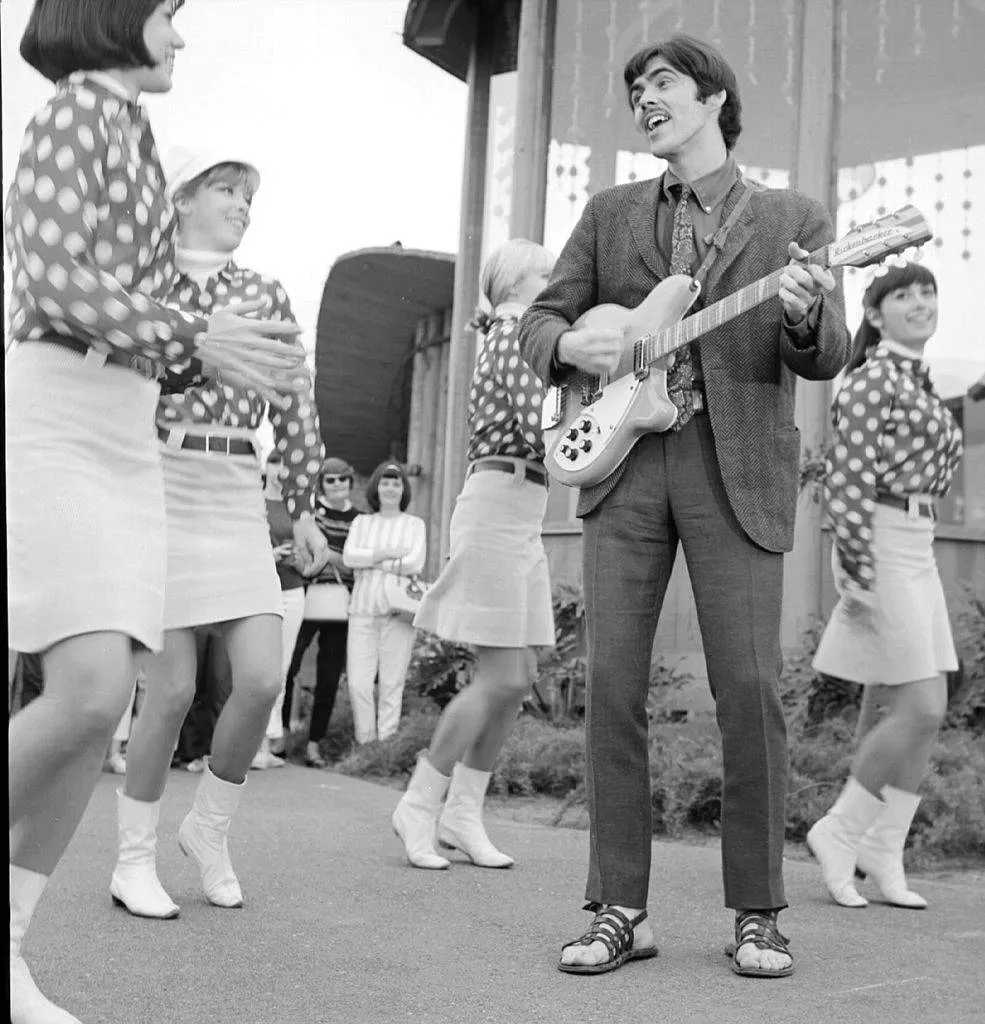
Danny Hutton, who would go on to be part of the band Three Dog Night, also auditioned to be a part of The Monkees when the initial ad was put out. Ultimately, he was rejected.
After having frustrations with trying to form a band of their own, The Monkees creators considered hiring one that already existed, including The Lovin' Spoonful and The Dave Clark Five. Eventually, the right four guys were found, and the rest is Monkees history.
Representing On Sgt. Pepper
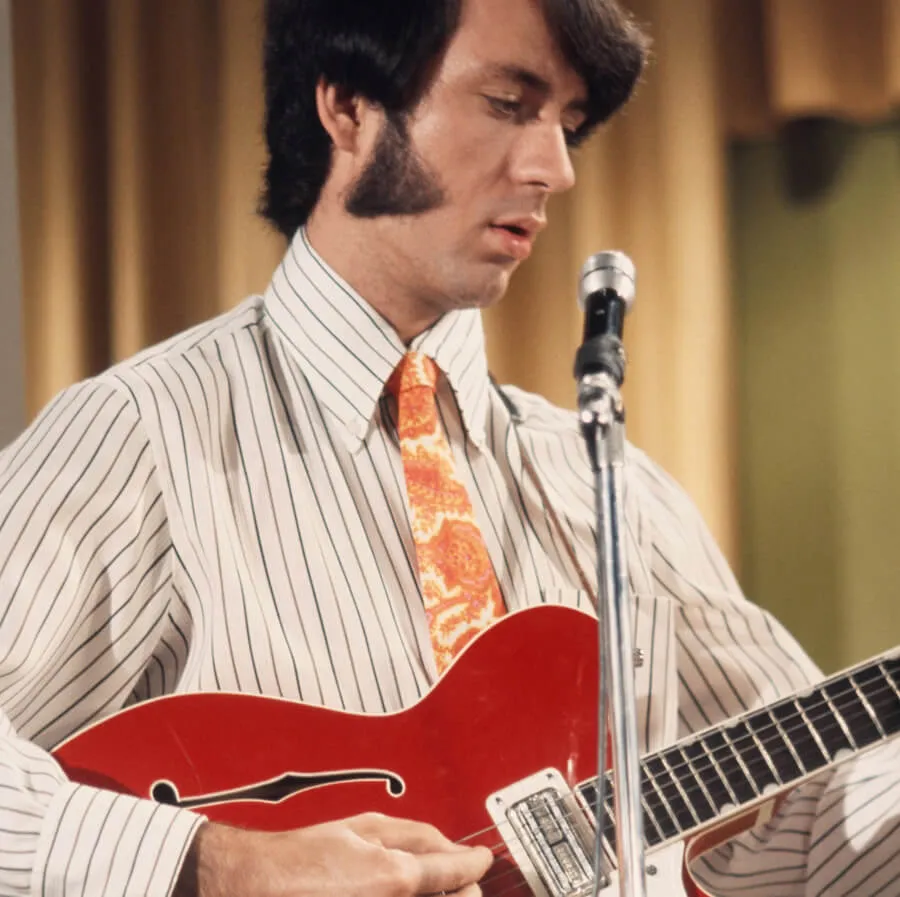
The Beatles' song "A Day In The Life" is considered a spectacular song, and includes many different musicians besides The Fab Four within it. Oddly enough, the band invited Michael Nesmith to take part in the experimental project as well...which is pretty nice of them to do so, considering that The Monkees was notoriously known as a knock-off band of The Beatles.
Keith Richards, Mick Jagger, and Donovan were also in the studio that day.
Their Fanfare Was Staged
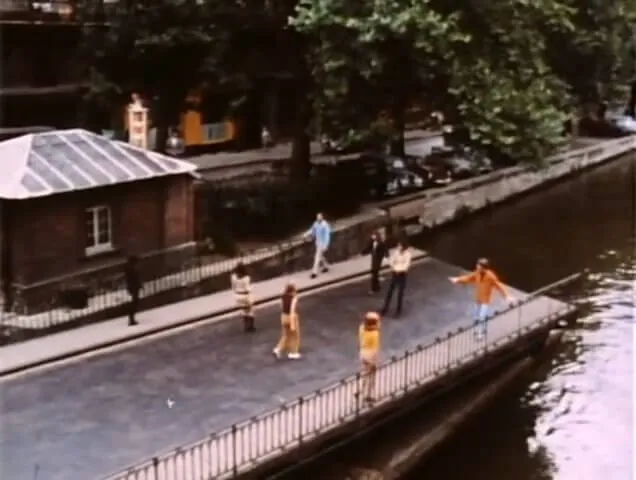
The second season of The Monkees featured the group going to Paris, France, and being chased by a mob of screaming French girls. However, there was a big problem with filming this scene: apparently, the band was mostly unheard of in France, since their show didn't air in that country at the time of the filming.
It's likely that the girls who were screaming in the scene were paid by the show to do so.
They Were More Popular Than The Beatles And The Rolling Stones
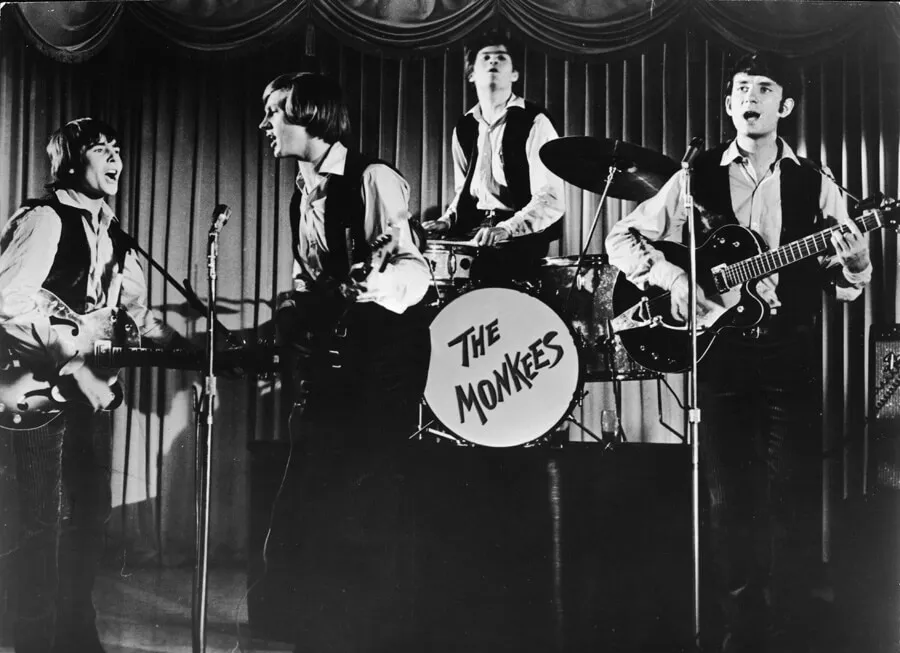
In 1967, The Monkees were wildly successful, so much so that they outsold album sales of two other bands at the time — The Beatles and The Rolling Stones.
The Monkees' success outpaced both of those bands combined in that year, even though all they were doing at the time were vocals for their songs. Having a television show definitely helped in achieving that feat, which is something still debated by fans.
They Were Censored Across The Pond
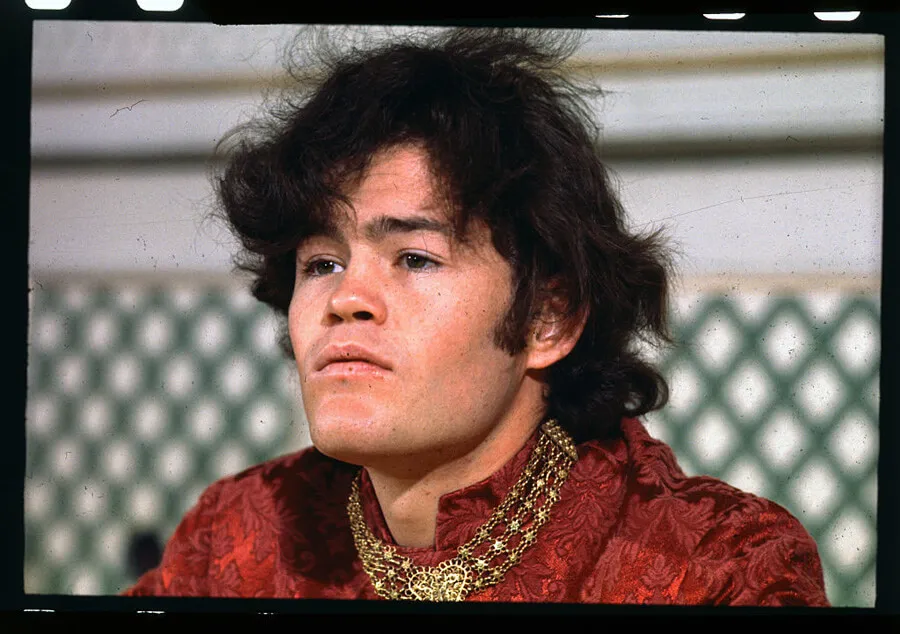
Micky Dolenz wrote a song about his time living in England in 1967. He entitled the song "Randy Scouse Git," which doesn't mean much if you're an American fan of the group. To people in the United Kingdom, however, it's an offensive remark.
The title of the song on the other side of the Atlantic Ocean was officially changed to be "Alternative Track" in order to avoid controversy. Still, the song did very well — it reached the number two spot on British charts.
Star Trek's Own Davy Jones
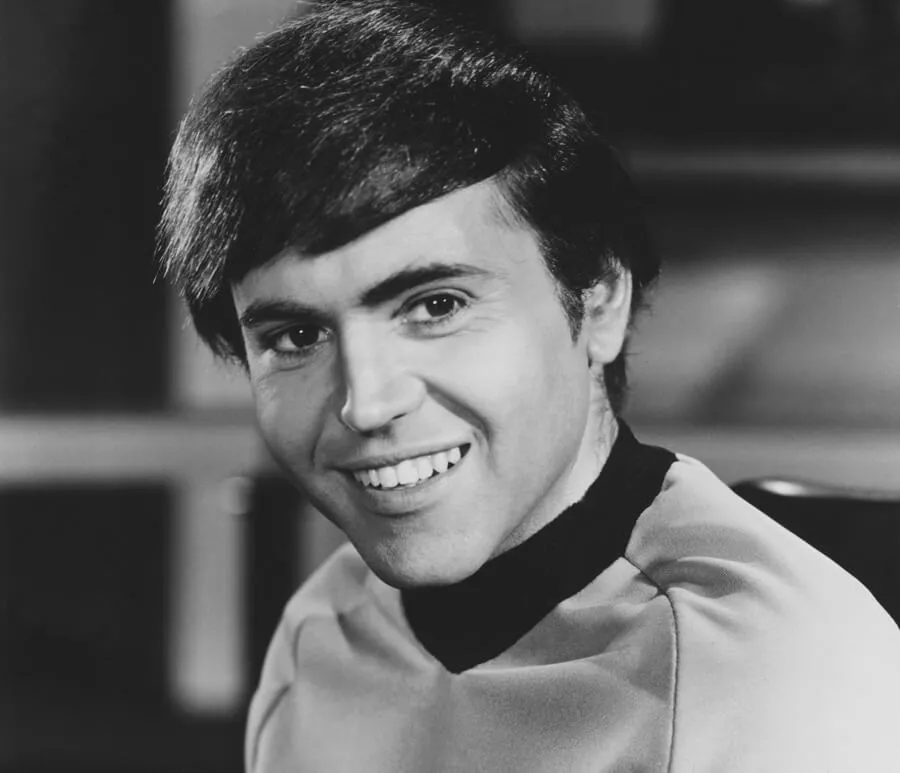
We're well aware that Davy Jones played a big part in the television series "The Monkees." But his role on the show allegedly played a part in forming the basis for an iconic science fiction character as well.
Star Trek creator Gene Roddenberry wanted to create another character for the program that could appeal to younger viewers. Pavel Chekov (portrayed by Walter Koenig) was that character. According to Koenig, Roddenberry was inspired to create Chekov in part by Davy!
The Necessary Name Change
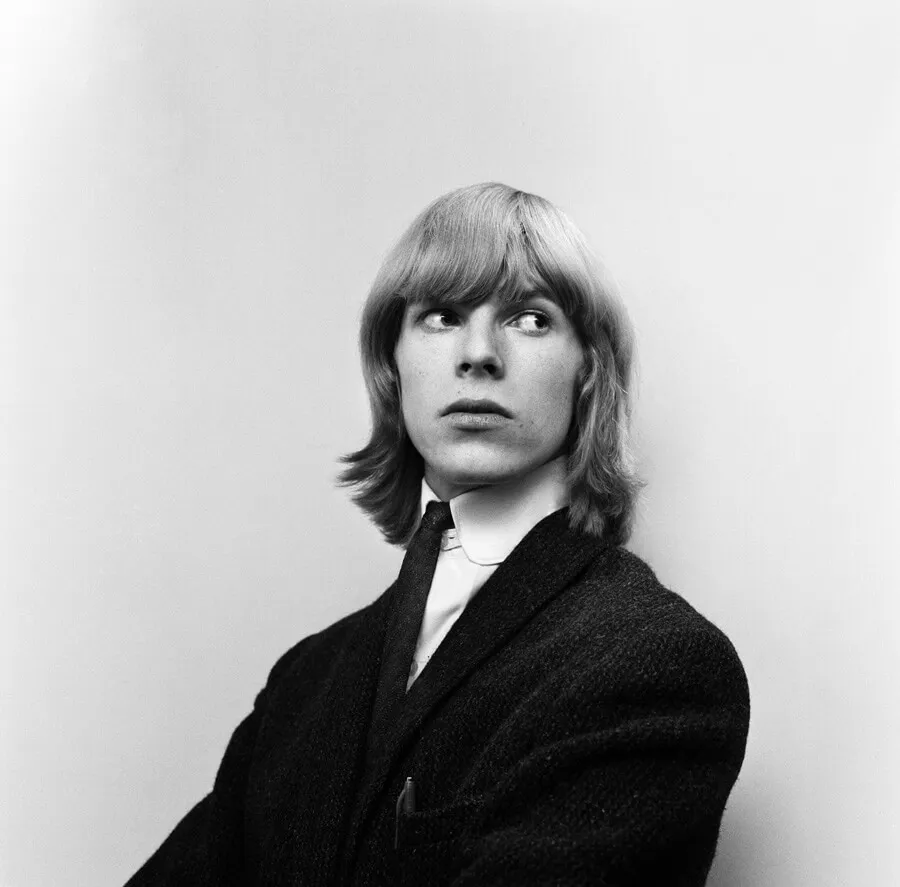
The name Davy Jones is more popular than you might imagine...so much so that another rock-and-roller had to change his name due to the success of The Monkees. Before he went by David Bowie, the "Space Oddity" artist went by his birth name, David Robert Jones.
He even called himself Davie, although he did spell it differently than The Monkees' band member did. In the late 1960s, David Bowie changed his stage name, naming himself after the famed knife used by James Bowie from America's pioneer days.
They Could Have Been On Happy Days
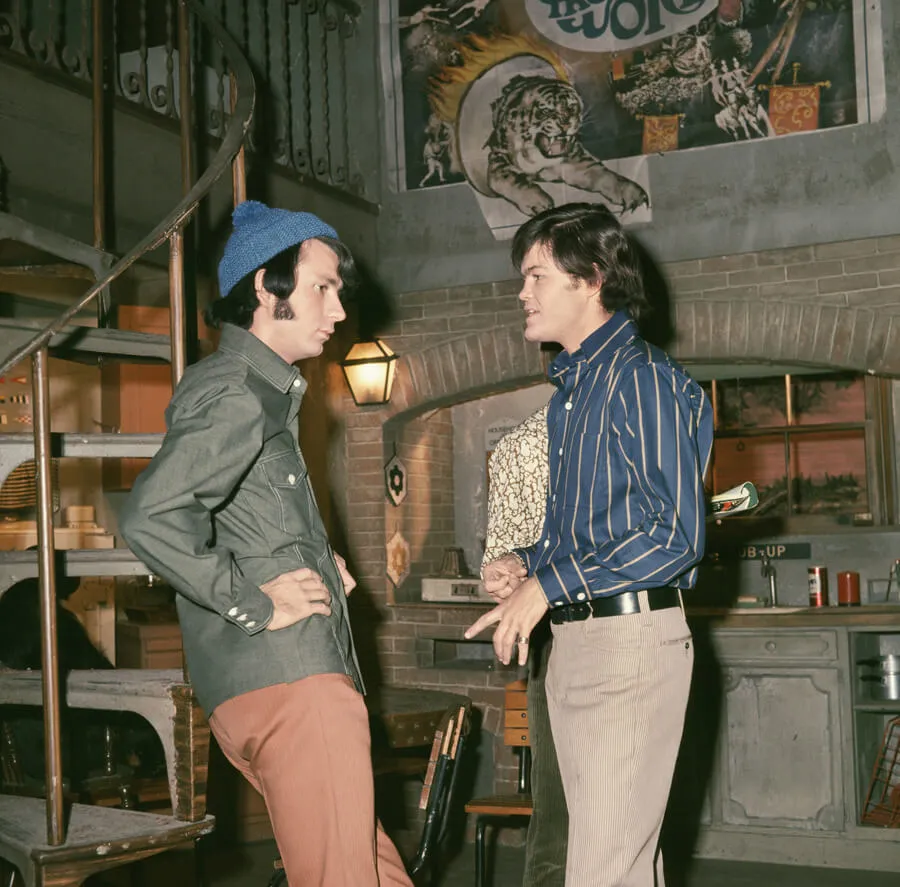
Can you imagine them hitting the jukebox? Both Micky Dolenz and Michael Nesmith auditioned for the role of Arthur Fonzarelli for the 1974-1984 television program Happy Days.
Their auditions went reportedly well — so well, in fact, that Henry Winkler himself, who went on to get the role, worried about his own audition. Luckily for The Fonz, both Micky and Michael were deemed too tall to take on the character.
Talented Musicians Thought About Taking On The Roles
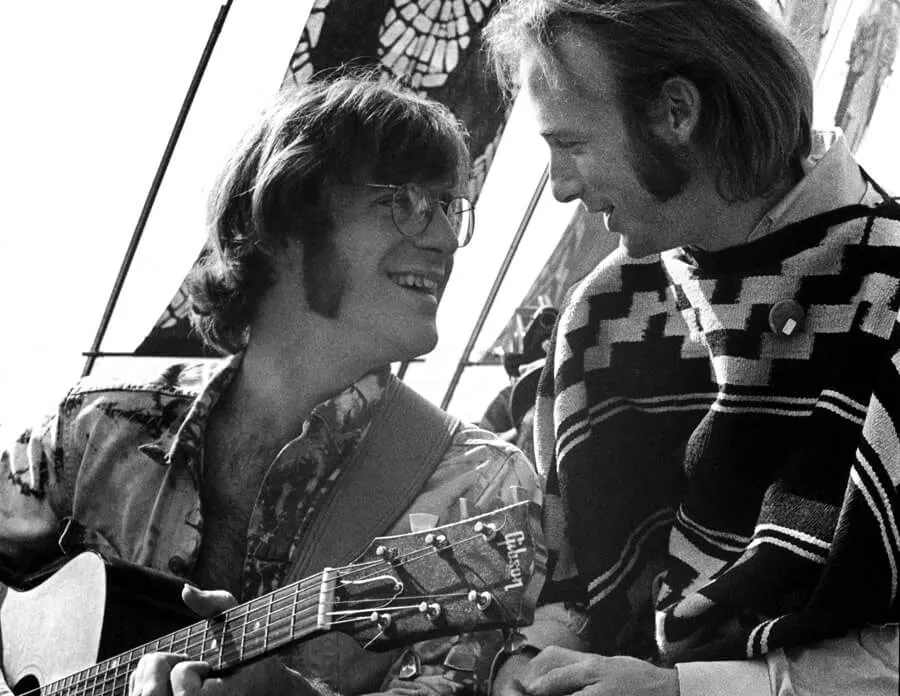
Just because the television series eventually decided to hire four completely unknown actors and musicians to be on the show doesn't mean they didn't consider getting real musicians instead. Both Stephen Stills (Crosby, Stills, Nash, and Young) and John Sebastian (The Lovin' Spoonful) auditioned to be on the program.
Both were offered roles — but both turned them down. Why? They didn't like the idea of having to give up the rights of their songs to the show.
The Unlikely Name Behind Their Movie
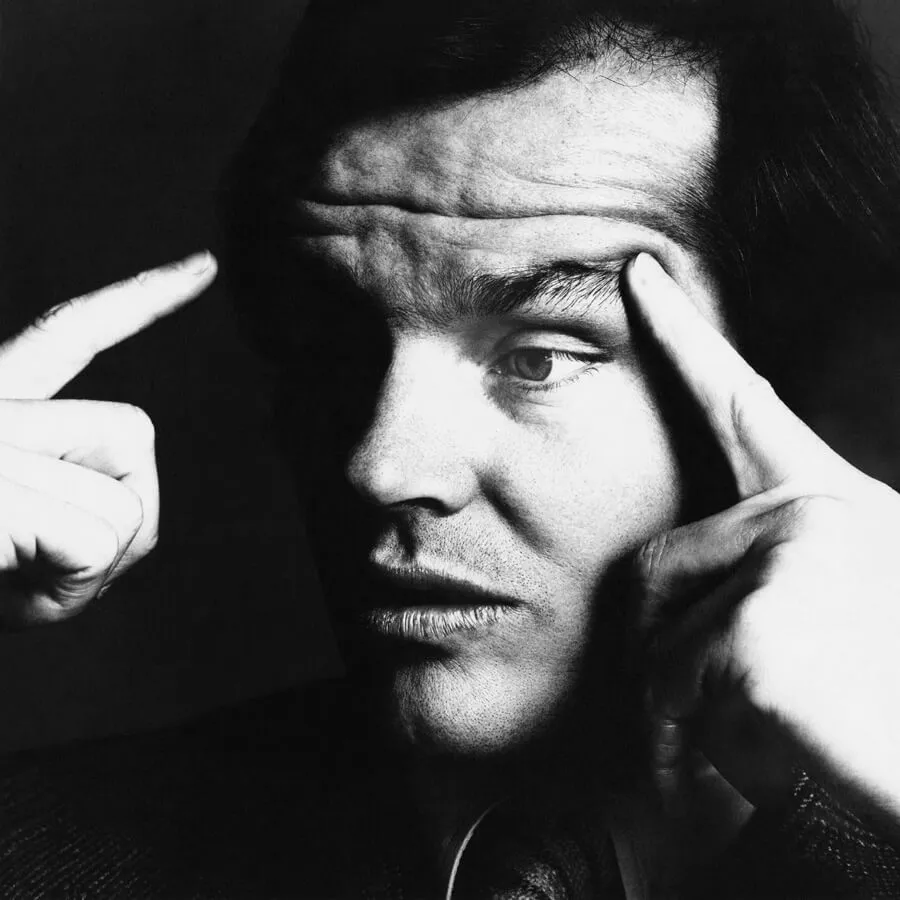
Did you know The Monkees starred in a movie? It came out after their show was canceled. Having already been a rip-off of the Beatles (who made musical movies themselves), perhaps making a movie was just the next step for the group to take.
What's perhaps most surprising about the psychedelic film, which satirically tackles subjects like war, Hollywood, and the music business, however, is that it was written and directed by Jack Nicholson. Go figure!
Michael Nesmith's Connection To Office Supplies

We take it for granted these days when we make a mistake typing — all we have to do is click 'backspace' to fix our screw-ups. That wasn't always the case, and using a typewriter often meant little mistakes could be glaringly obvious.
Michael Nesmith's mother, Bette Nesmith Graham, knew this problem too well, and decided to do something about it. She created a white, watery substance that could be used to block out typed mistakes, and called it "Mistake Out." Gilette later bought the invention, and today it's commonly known as "Liquid Paper." Nesmith's mother got $47 million from the deal!
Behind The Scenes Tension
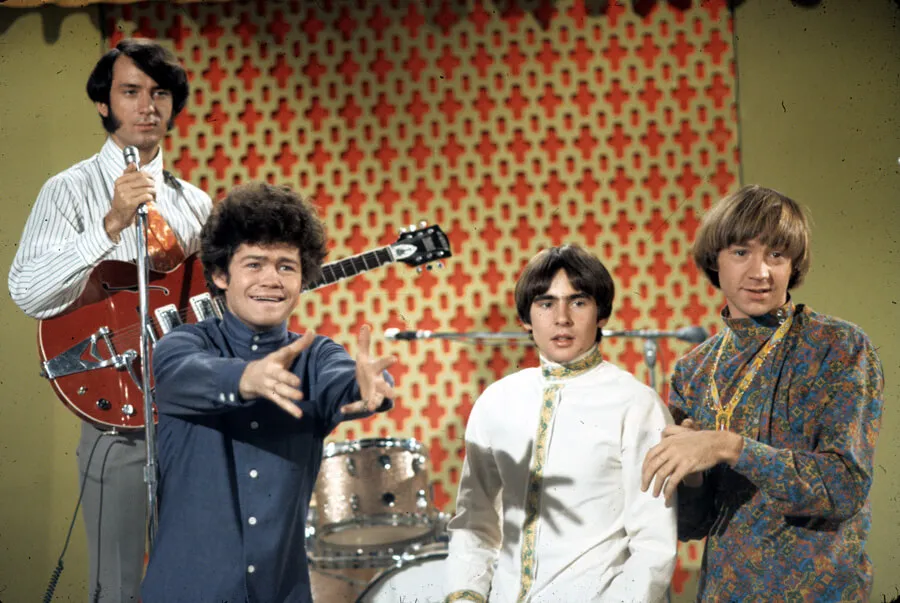
Every musical group is going to have a little bit of tension every now and then. In The Monkees' case, it was over musical direction. Michael Nesmith and Peter Tork considered themselves more musicians than actors, while Micky Dolenz and Davy Jones were the opposite.
As such, Nesmith and Tork wanted to have more control of musical aspects of the group. The tensions weren't enough to hurt the group's dynamics, however, and they didn't break up over it.
Nesmith Outed Everyone
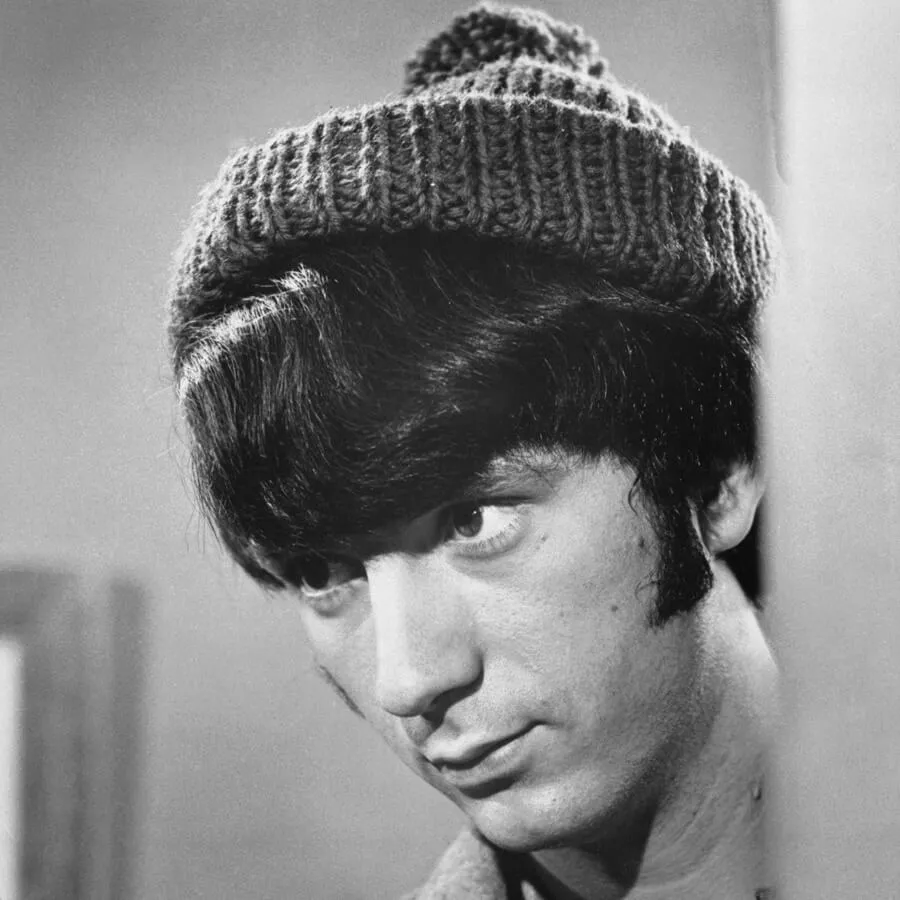
The fact that their band was a creation of a television series rather than an actual musical group apparently upset one of the band members.
Michael Nesmith, speaking in an interview in 1967 with the Saturday Evening Post, lamented being in a band that wasn't of his own creation. "The music had nothing to do with us," he complained. "It was totally dishonest. Do you know how debilitating it is to sit up and have to duplicate somebody else's records?"
A First For Pop Music
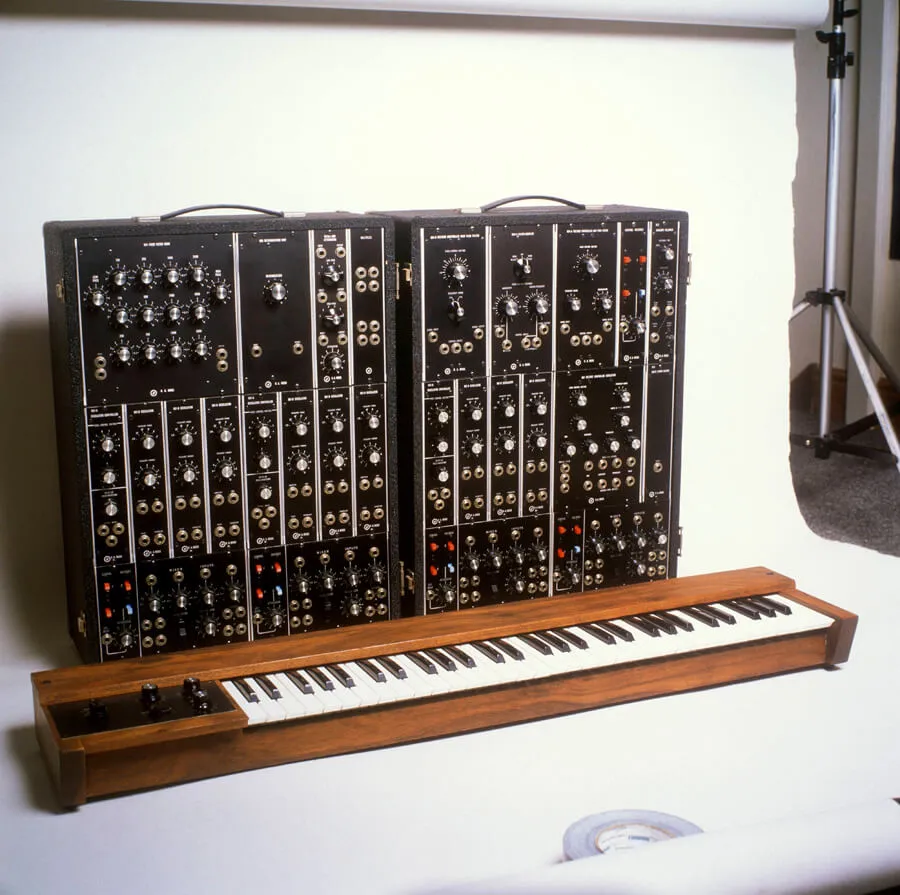
Not everyone could get their hands on one of these instruments in the 1960s — the Moog Synthesizer. Apparently, Micky Dolenz had one! He even introduced the instrument to John Lennon at a party one time.
Dolenz made good use of the rare instrument (only 20 had been made when they first came out), using it for the 1967 song "Daily Nightly." It was the first pop single to ever use the Moog Synthesizer.
He Wasn't Suited For Their Fans
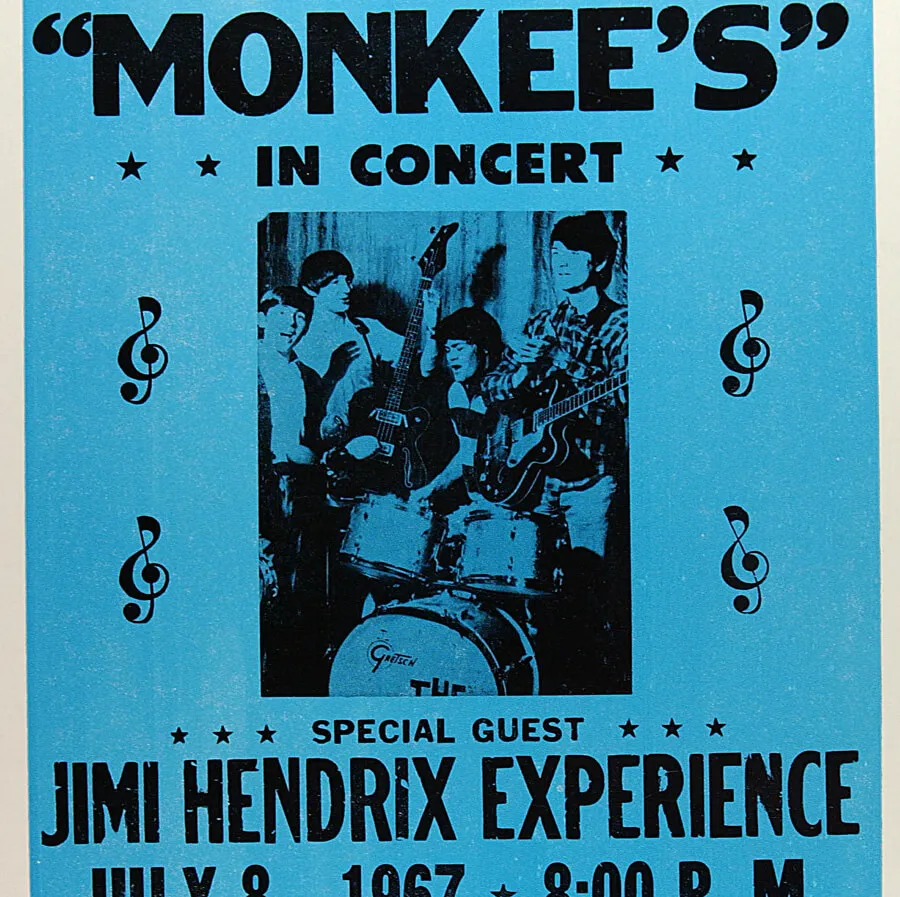
Micky Dolenz and Peter Tork attended the Monterey Pop Festival in June 1967 when they encountered an act that really blew them away: Jimi Hendrix. So impressed by his abilities were the two Monkees members that they offered Hendrix the chance to open for them at their show.
Hendrix accepted, but was booed off the stage by Monkees fans! Hendrix reciprocated the feeling by flipping them the middle finger and leaving the tour. Maybe the styles don't mesh well...
Nesmith Came Up With The Idea For MTV
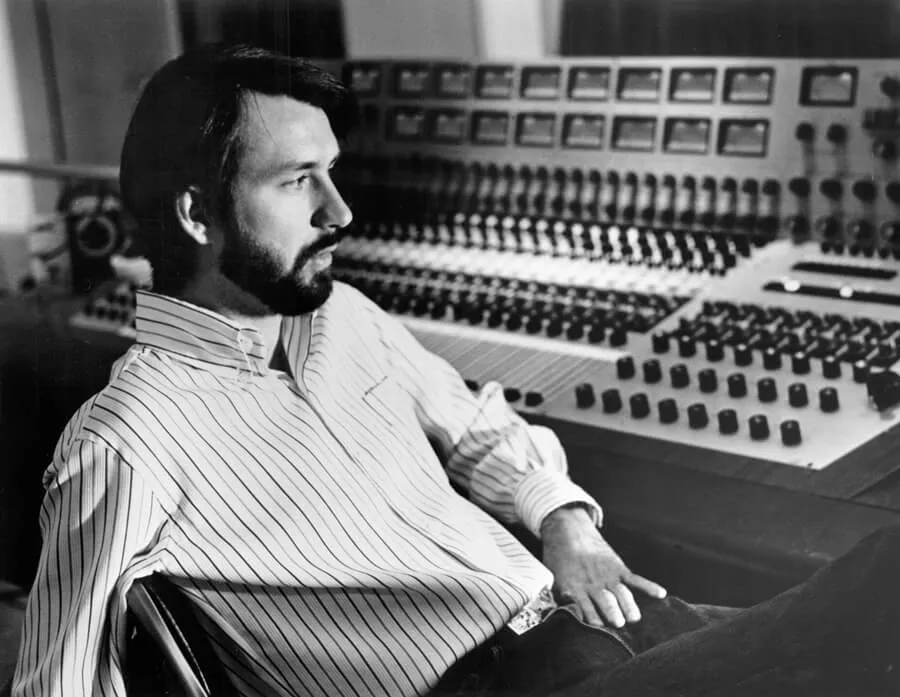
It's hard to think of the connection between the Monkees and MTV, but without the iconic band there probably would not have been music television. Michael Nesmith came up with an idea in the late 1970s that linked songs with videos and other visual clips.
The idea became PopClips, a music video program on cable channel Nickelodeon. Nesmith eventually sold the concept to Time Warner/Amex. In turn, they created MTV.
Why They're Not In The Hall Of Fame
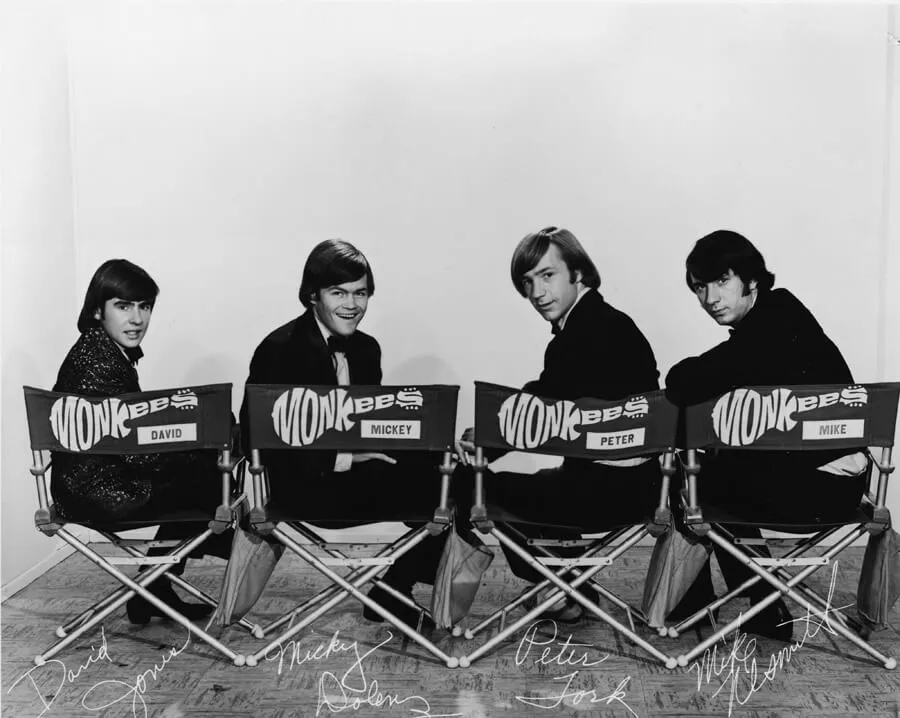
The Rock and Roll Hall of Fame won't let The Monkees into their ranks. Why? Co-founder of the Hall of Fame Jann Wenner doesn't believe the band was a legitimate musical creation worthy of the honor, since they were hired as actors to portray a band on a television series.
Still, it's hard to imagine, with all of the accomplishments we've read so far, why they shouldn't be let in, beyond one person's preferences.
Breaking Up Is Hard To Do
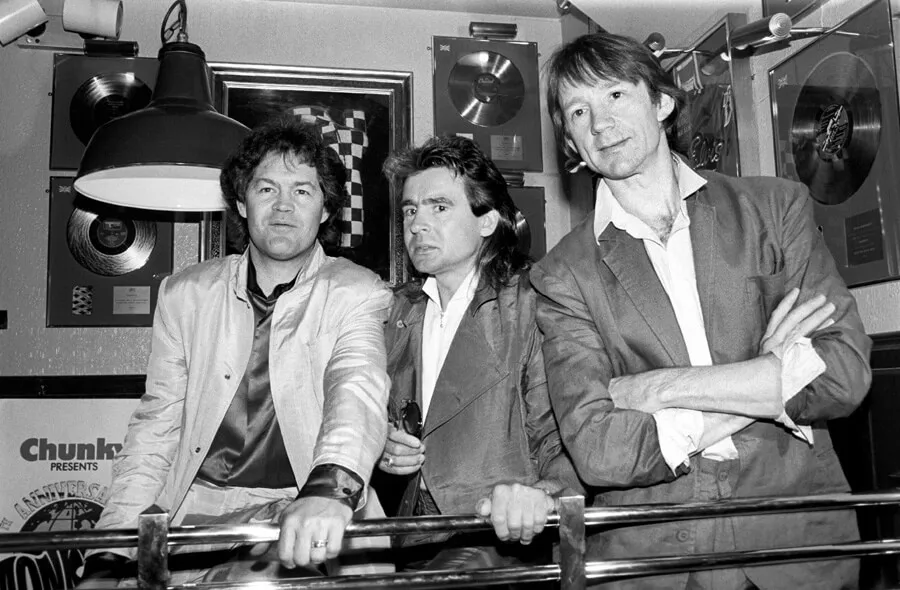
The Monkees have broken up as a band four times. They did so in 1970, two years after their television program ended. The reunited after that, but broke up again in 1989, then did the same thing twice more in 1997 and 2002.
While fans would probably like to see another reunion of the band, that won't be possible: Peter Tork and Davy Jones both passed away this past decade, which means only two living Monkees members are with us.
You Can Thank MTV
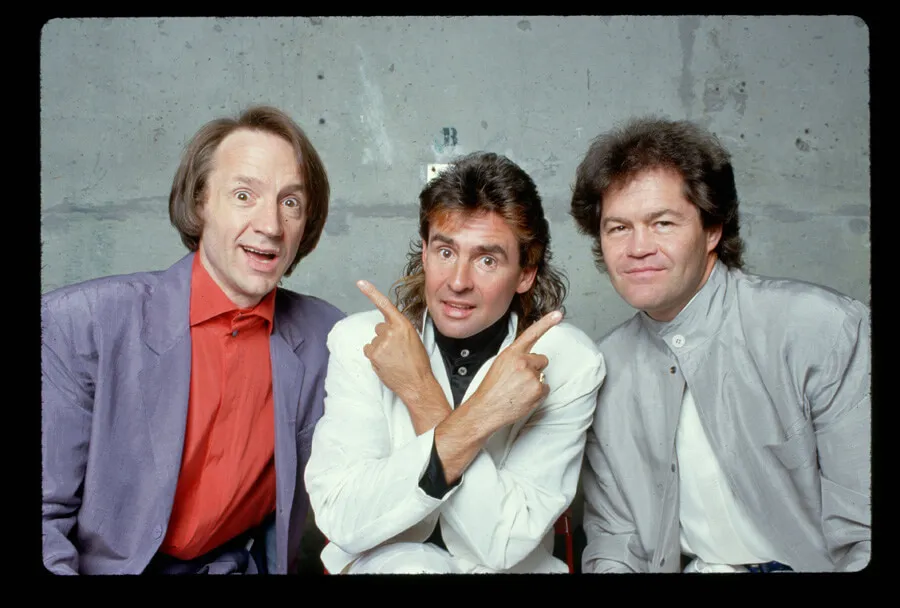
The first time the band reunited was in the late 1980s. MTV was partially responsible for the resurgence, as the network aired back-to-back episodes of the old television show in 1986.
As a result, the demand to see The Monkees get back together was there, and the band even put together a new single for their reunification called, "That Was Then, This Is Now. But as pointed out above, the group would break up again just a few short years later.
A Monkees Legend Debunked
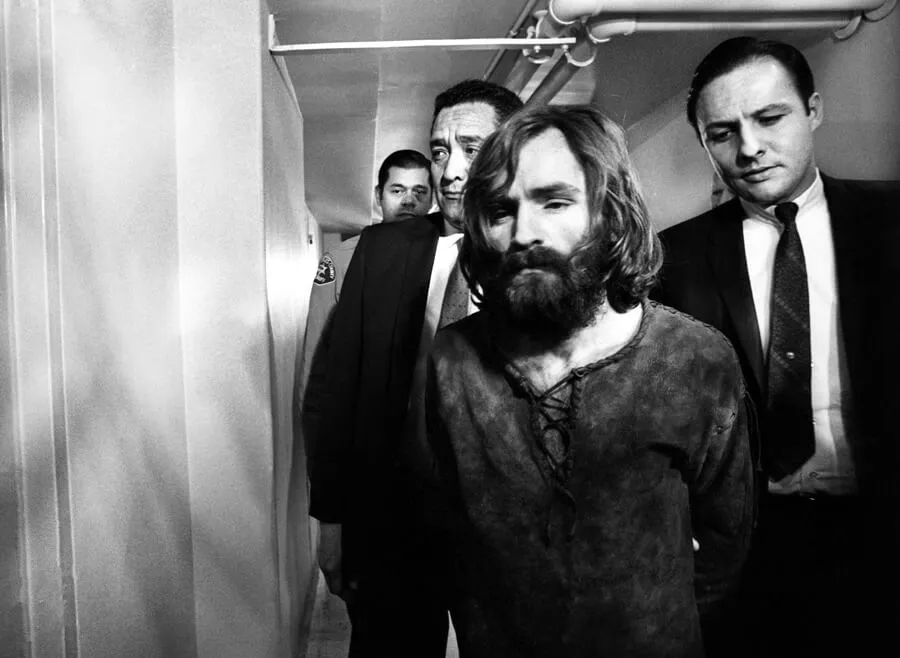
Many people auditioned to become a part of The Monkees, and some of them were well-known rockers who simply had yet to be discovered. One rumor that has been brought about repeatedly is that Charles Manson was one of them.
While Manson was part of the rock scene in the 1960s, it wasn't with The Monkees — in fact, Manson was already in prison by the time the auditions for the group had started.









